Inspect Your Well

by
BrightNest
(IC: blogger)
WHY DO THIS?
You are the only one responsible for the condition of your well and water! Once a year, make sure your well is in good shape and your water isn’t contaminated to avoid costly repairs and ongoing damage to your health. These steps are only a basic check – if you encounter any issues while inspecting your well, it’s best to consult a certified well contractor.
You are the only one responsible for the condition of your well and water! Once a year, make sure your well is in good shape and your water isn’t contaminated to avoid costly repairs and ongoing damage to your health. These steps are only a basic check – if you encounter any issues while inspecting your well, it’s best to consult a certified well contractor.
HOW TO:
Enjoyed the project?

Want more details about this and other DIY projects? Check out my blog post!
Published April 12th, 2015 11:00 PM



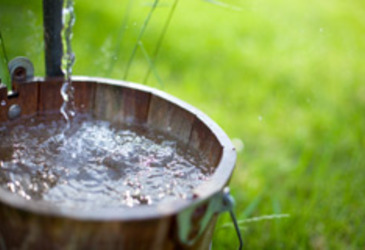
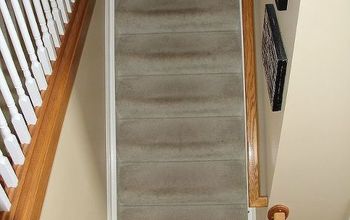
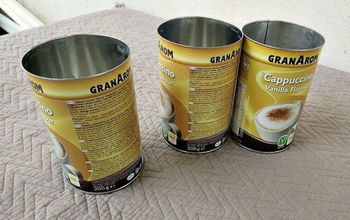
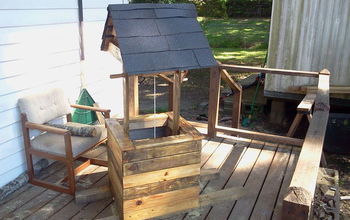
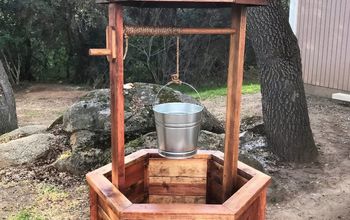


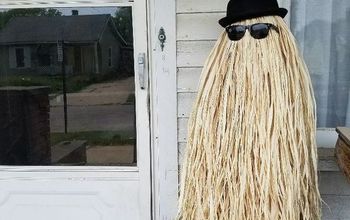


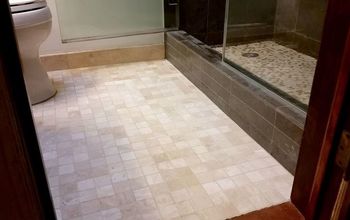





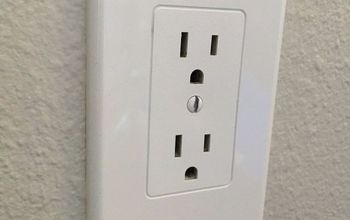
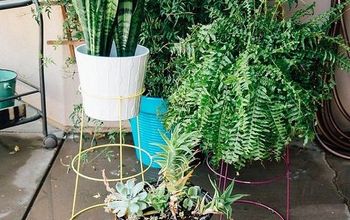

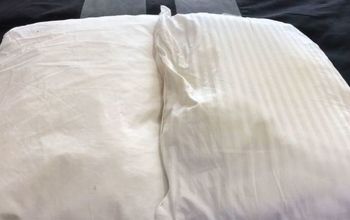

Frequently asked questions
Have a question about this project?